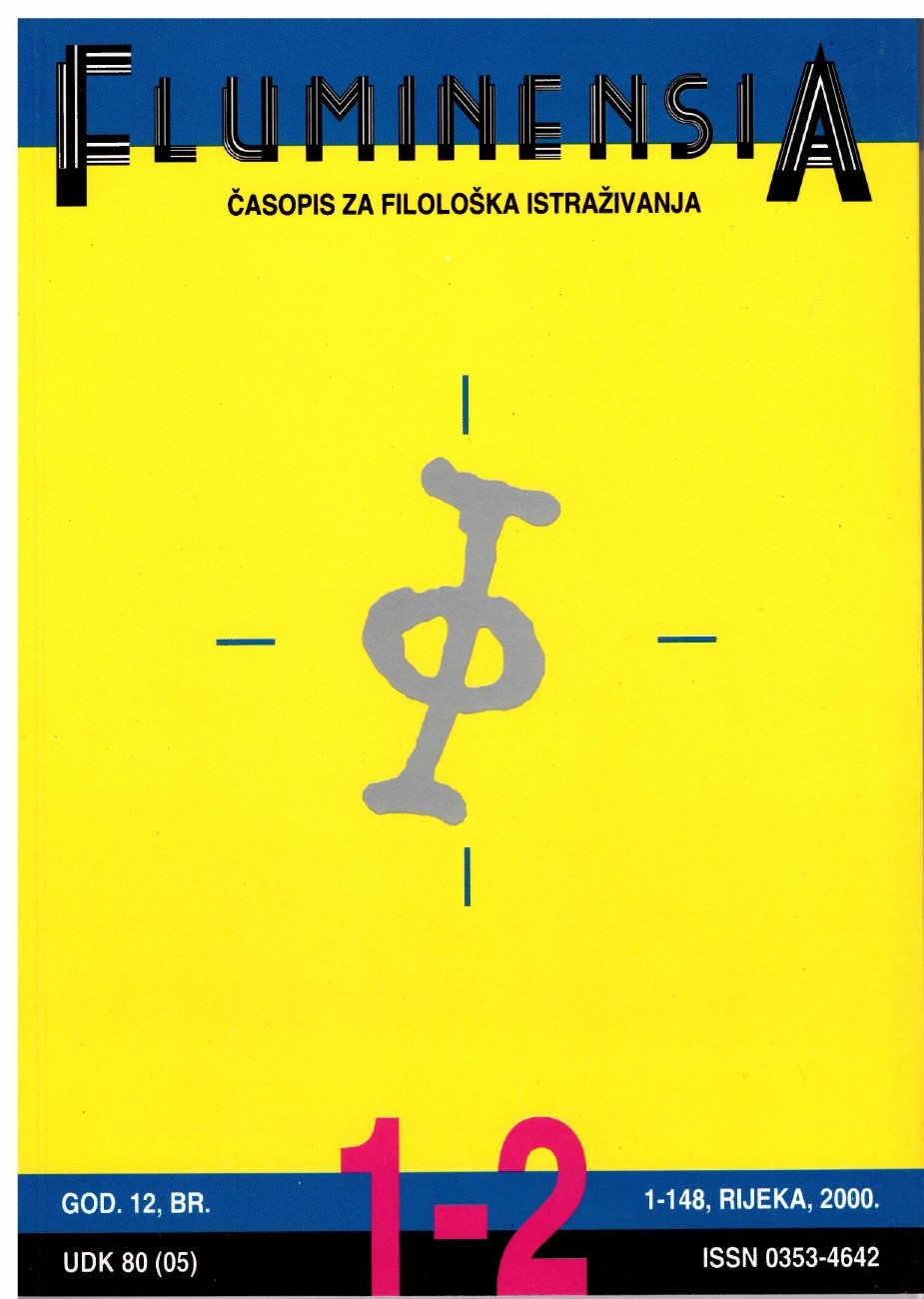A CONCISE INTRODUCTION TO ROLE AND REFERENCE GRAMMAR
Keywords:
syntactic theory, linking, lexical decomposition, macrorole, focus structure, language acquisition, clause linkageAbstract
This paper presents the basic concepts of Role and Reference Grammar [RRG], a theory of grammar which draws heavily on the analysis of non-lndo-European languages and which is concerned with the interaction of syntax, semantics and pragmatics in grammatical systems. RRG is a monostratal theory which posits a single syntactic representation for a sentence, which is linked directly to a semantic representation by means of a linking algorithm. The syntactic representation of clause structure in RRG is called the layered structure of the clause. It postulates that clauses are universally composed of a nucleus (which contains the predicating element), a core (which contains the nucleus and the arguments of the predicating element), and a periphery (which contains the temporal and locative modifiers of the core). Modifying each of the layers of the clause are what are called operators in RRG: they include grammatical categories like tense, aspect, modality, negation and illocutionary force. Complex sentences are composed of these units: nucleus + nucleus constitutes a nuclear juncture, core + core constitutes a core juncture, and clause + clause constitutes a clausal juncture. The units in a juncture may stand in one of three relationships to each other: coordination, subordination and cosubordination. There are thus nine abstract juncture-nexus types in universal grammar, and the juncture-nexus types occurring in a particular language may be realized by one or more formal construction types.
The semantic representation of a sentence is built on an Aktionsart-based system of lexical decomposition; it is termed a logical structure [LS]. The semantic functions of arguments are defined in terms of LS-positions. Crucial to the theory is the notion of semantic macrorole; there are two, actor and undergoer. The macroroles and other arguments are linked to the syntax by the linking algorithm. RRG does not assume traditional grammatical relations; it recognizes only a single grammatical function, termed the privileged syntactic argument.

